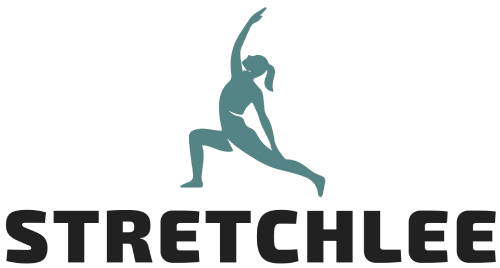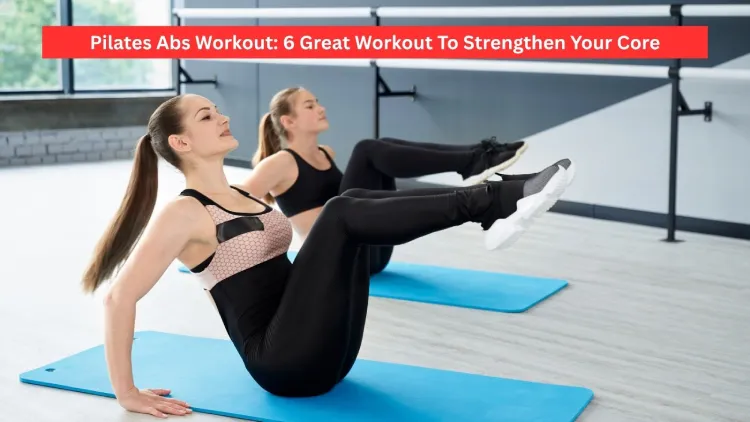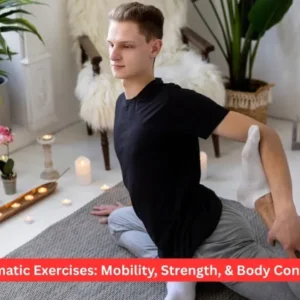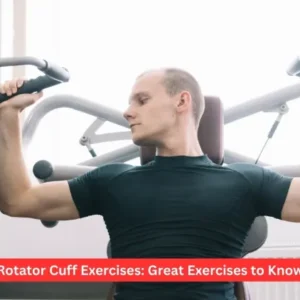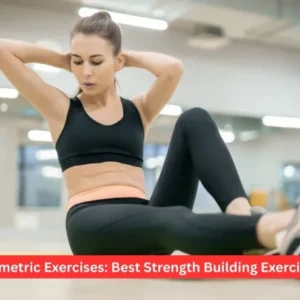A Pilates abs workout is a safe, gentle method to strengthen the inner core, uprightness, flexibility and overall stability. It targets all layers of abdominal muscles using breath, control and precise movement, where the conventional ab regimens do not. Perfect for any fitness level, it also enhances functional strength, maintains spinal health, and links the mind and the body to achieve long-term balanced outcomes.
What Is Pilates?
Pilates is a comprehensive conditioning technique that was designed by Joseph Pilates in the early twentieth century. It targets controlled, accurate motion; training to be strong, flexible, to build muscular endurance–particularly core endurance, the so-called “powerhouse” of Pilates terminology.
An example of a Pilates abs workout will work muscles beyond the outer abdominal muscles, such as the rectus abdominis, e.g. they include the deeper muscles such as the transverse abdominis, the pelvic floor, the diaphragm, as well as the multifidus. These are the muscles that play an important role in aligning the spine, good posture, and the effective functioning of our body.
In contrast to standard core exercises that focus on crunches or leg lifts, Pilates abs workout, through focusing attention on breathing, movement control and balanced development of core strength all over the torso, makes it a standout. This renders Pilates as a very practical and holistic method of core conditioning.
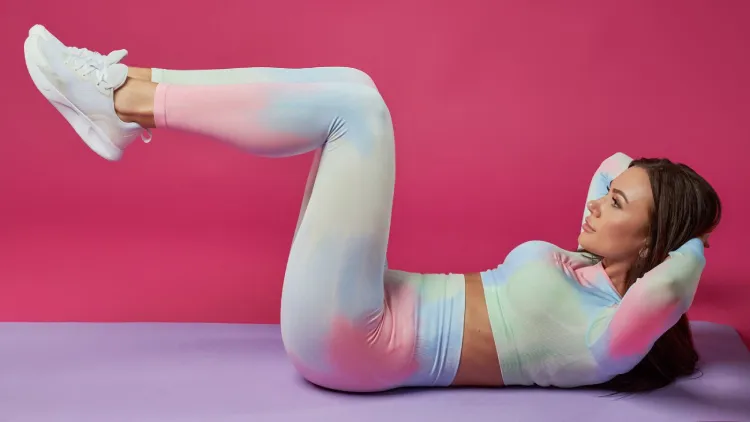
Benefits of Pilates Abs Workout
A regular Pilates abs workout session has a huge variety of both physical and mental benefits. This exercise will help train your core and vitality in the following way:
1. Hits Deep Core Muscle
The focus on deep core muscles can be assumed to be one of the most characteristic features of the Pilates abs workout. This incorporates the transverse abdominis, which has the same effect as a natural corset and holds the spine and internal organs. In conventional trainof the abs, these muscles get little development.
2. Improves Posture
Chronic back pain, fatigue and tension may be the result of poor posture. A Pilates abs workout helps to strengthen the posture in the long run by concentrating on maintaining balance in the backbone and stability of the pelvis. You will walk taller, sit straighter and move more economically.
3. Develops Task-Specific Strength
Pilates abs workouts involve movements that are similar to everyday activities that include bending, lifting and rotating. This is useful in transferring the strength gained in the studio to real life, affording functionality, and possibly avoiding injury can be avoided, coupled with increasing day-to-day performance.
4. Strengthens Psycho-somatic Unison
Pilates entails moving consciously and with accuracy. A Pilates abs workout will help you learn how to combine moving with breathing, thus creating a strong bond between body and mind. Stress may be alleviated, and improved movement patterns may be enhanced by the application of this mindfulness.
5. Featherlight and functional
Since Pilates abs workout is low-impact, it can be performed regardless of fitness abilities, including senior citizens, postpartum women, and people. Although mild, it is good at building the core and increasing muscle tone.
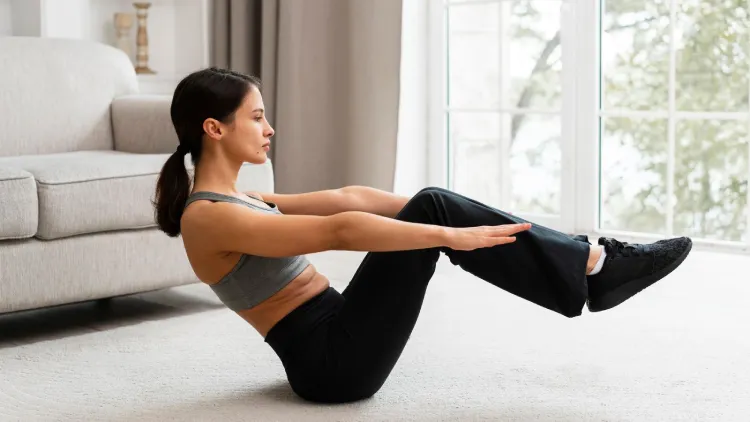
Top Pilates Abs Exercises for a Stronger Core
These exercises are essential to any Pilates abs workout once you feel ready to build up your core. They are easy to execute anywhere at home as occupying little space and do not require any equipment other than a mat and the sense of your breath.
1. The Hundred
How To Do It:
- Start in a lying down position, towards your knees on the tabletop.
- Lift your head, neck and shoulders off the mat.
- Stretch your arms right out to your side and do arm circles with your arms.
- Breathe 5 pumps in, 5 pumps out. Do until you hit 100s.
Benefits: This classic Pilates exercise to do for abs will warm up the body, get blood flow going and turn on deep core muscles.
2. Single-Leg Stretch
Doing It:
- Place your body in the back lying position and take your right knee to your chest and straighten the left leg.
- Properly keep your head and shoulders up.
- Change legs about and repeat.
Advantages: This Pilates abs exercise helps to train the lower abdominal muscles and ensures correct alignment in the spine and pelvis.
3. Double-Leg Stretch
How to Do It:
- Clasp both knees to your breasts and keep your shoulders and your head up.
- Put your legs and arms straight with a 45-degree angle.
- Wrap your arms again and draw your knees to you.
Advantages: It is an extremely strong movement in any Pilates abs routine and capitalises on coordination and working the whole abdominal wall.
4. Criss-Cross
How can it be done?
- Put your hands behind your head and lift your legs; twist and your right knee should come towards the left elbow with the right leg stretched out.
- Turn about on alternate sides.
Pros: This is one of the staples of Pilates abs used to develop rotational strength and oblique tone.
5. Leg Circles
How to Do This:
- Start lying on your back with one leg straight out to the ceiling.
- Keeping your hips steady, swing the leg around the body, back around.
Benefits: This exercise increases hip mobility with deep abdominal muscle engagement – ideal for exercising control in your Pilates abs work.
6. Plank with Leg Lift
How to Do it:
- Lie in a high or forearm plank.
- Activate your core, raise one of your legs a few inches off the ground, and alternate.
Pros: Increases endurance and core strength, improves the stability in the glutes, among other things, a suitable exercise program during advanced Pilates abs exercises.
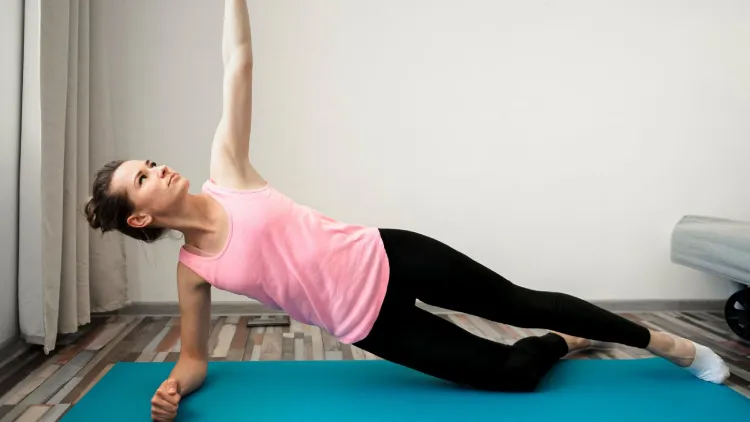
Tips for an Effective Pilates Abs Workout
To use your Pilates abs workout to the best of its ability, remember the following pointers:
- Breathe Deeply: The deep controlled breathing helps in the movement and mobilisation of the deep core.
- Focus on Form: Quality, not quantity. Do every move correctly.
- Engage the Core: Pull belly in to spine always.
- Be regular: 2-3 sessions per week should be visible.
- Use Props When Necessary: You may use Pilates rings, balls and resistance bands once you have had a bit more experience to add to your Pilates abs routine.
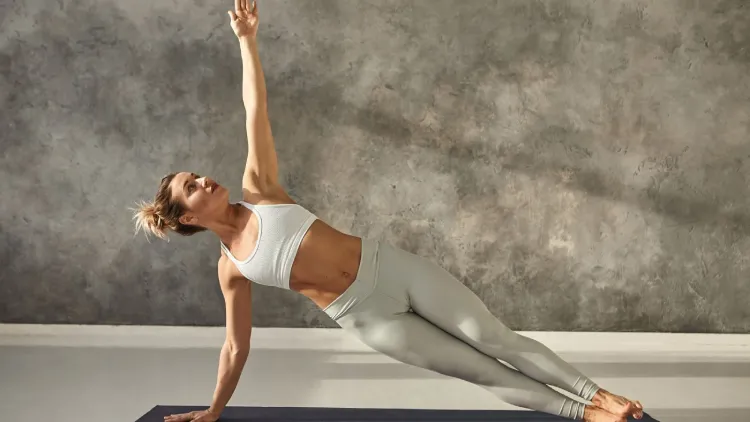
Pilates vs. Traditional Ab Workouts
| Feature | Pilates Abs Workout | Traditional Ab Workouts |
| Core Focus | Deep core & stabilisers | Surface-level muscles |
| Technique | Controlled & precise | Often fast & repetitive |
| Equipment | Minimal or none | May include weights |
| Impact | Low-impact | Can be high-impact |
| Mindfulness | High | Low to moderate |
Pilates abs workout is based on stabilising the core and breathing, and alignment, whereas other workouts often emphasise muscle definition. It can be a good idea to use a mix of both, depending on what your objectives are. Nevertheless, no other exercise program is as beneficial in terms of its long-term posture, core integrity and body balance as Pilates.
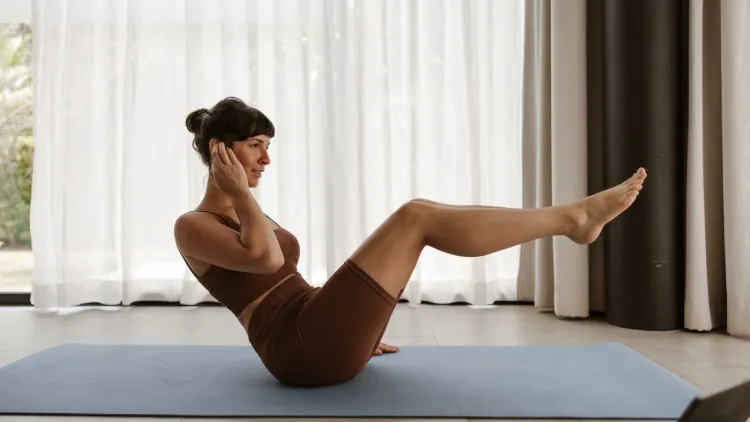
Conclusion:
A Pilates abs workout routine is not simply some latest craze in fitness. It is a science-proven, age-old way of gaining strength internally. Instead of the fancy exercise programs at the gym where some muscles are overly trained and some left untrained, Pilates trains both sides and balances equally between stability, mobility and control.
If you need to flatten that belly, ease up on back pain, boost your athletic ability or just get in touch with your body, a Pilates abs workout will do it. The benefits go beyond physical ones: they are mental and emotional.
And since it can be tuned to any specific fitness level, one Pilates abs workout can grow with you as you go along. Put your heart into it, and your posture, flexibility, stamina, and general core strength will increase.
Frequently Asked Questions
1. How many times a week does it take to get results with a Pilates abs workout?
To see optimal results, you should shoot to practice Pilates abs 2 to 3 times a week. Regularity is the key to developing low core muscles, attaining a better posture and visible toning. The improvements are observed within 3-4 weeks by many people.
2. May beginners begin with a Pilates abs exercise?
Well, a pilates abs workout is perfect with beginners. These exercises use minimal impact, and you can customise them according to how fit you are. Beginning with balance movements, such as a Hundred and a Single-Leg Stretch, is an excellent idea to gain strength in a safer way.
3. Is core training just a Pilates abs workout?
Absolutely. Only a well-designed Pilates stretching of abs exercises will target all of the layers of the abdominal muscles, including deep stabilisers that are commonly left out of a regular fitness routine. It is a full functional method of core strength, making us more aesthetically appealing as well as stable.
4. Is Equipment Required in a Pilates abs workout at home?
The majority of Pilates ab exercises need minimal or no equipment whatsoever- only a mat and some loose clothing. You also have the option of undergoing graduation by performing some complex exercises using tools such as Pilates rings or resistance bands.
